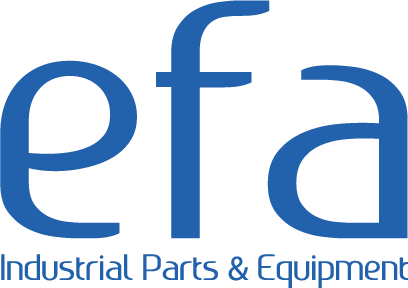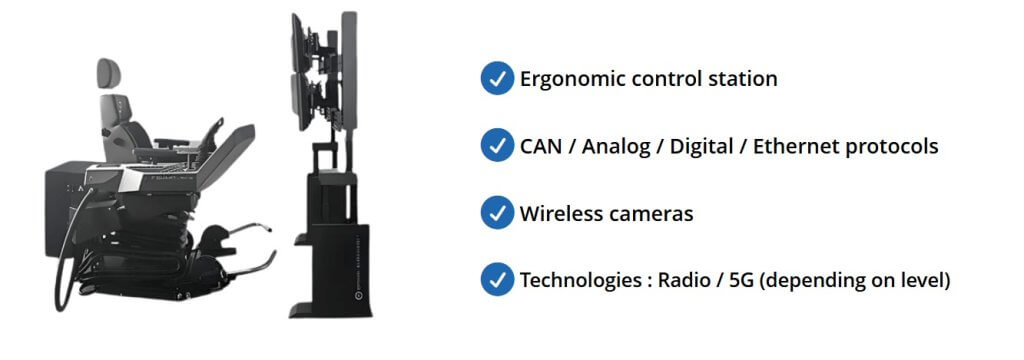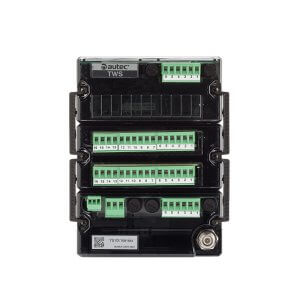
Remote operation, or telemanipulation, consists of controlling machines remotely using interfaces such as screens or specific controls. This technology is developing rapidly in a variety of sectors, including industry, logistics, public works and the environment, offering numerous advantages in terms of safety, productivity and efficiency:
Enhanced safety: One of the major benefits of teleoperation is improved operator safety. In hazardous environments such as toxic zones, sites at risk of explosion or contaminated sites, operators are far from sources of danger, reducing the risk of accidents. What’s more, it enables work to be carried out in inaccessible areas, such as underwater sites, radioactive zones or extreme environments.
Improved productivity: By enabling machines to operate continuously without human physical constraints, teleoperation speeds up operations. It eliminates the downtime associated with difficult working conditions for operators, resulting in increased productivity.
Cost optimisation: Teleoperation also reduces the costs associated with worker health and safety. Fewer staff are exposed to risks, which reduces the cost of protective equipment and training. In addition, operator travel is reduced, cutting transport costs.
Operational flexibility: With teleoperation, an operator can manage several sites remotely from a single control station, offering unprecedented flexibility. In the event of an emergency, machines can be quickly activated without a team having to travel to the site.
Greater precision: Thanks to on-board technologies such as sensors and decision-support tools, remotely-operated machines can carry out operations with great precision, whether in logistics for sorting or handling heavy loads, or in public works for tasks such as earthmoving.
Reduced Environmental Impact: By reducing the number of journeys required of operators, teleoperation helps to reduce CO₂ emissions. In environmental terms, it enables work to be carried out in sensitive areas while minimising human disturbance.
Technological Development and Innovation: Teleoperation paves the way for robotisation and the complete automation of processes. It is fully integrated into Industry 4.0, where connectivity and advanced technologies, such as augmented reality and artificial intelligence, play a key role in innovation.
The Autec KWS System: An Innovative Solution from efa
One of the most advanced examples of this technology is the KWS system from Autec, distributed by efa. This radio control system for industrial machines and cranes is designed for demanding environments. It enables safe and precise remote operation thanks to its robustness and intuitive interface. The KWS also guarantees a long range, enabling operators to work remotely in complete safety, while optimising productivity and reducing the costs associated with manual operations.
Remote operation, with solutions like Autec’s KWS, is transforming the industrial, logistics and public works sectors. It combines safety, productivity and innovation while reducing the environmental footprint and operational costs. Companies adopting these technologies are ensuring they stay one step ahead in an increasingly automated world.
Visit our dedicated page: KWS Modular AUTEC Radio Kit – efa official AUTEC reseller (efa-controls.com)
Efa offers a range of controls to suit your project. Our team of experts will work with you to design a customised solution.
For more information, contact us: sales@efa-france.com or visit our website: Teleoperation – efa Controls (efa-controls.com)


